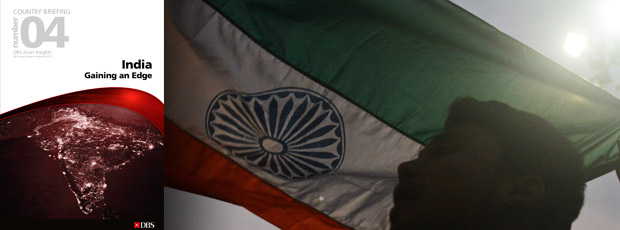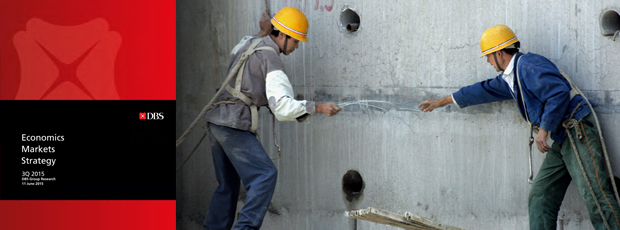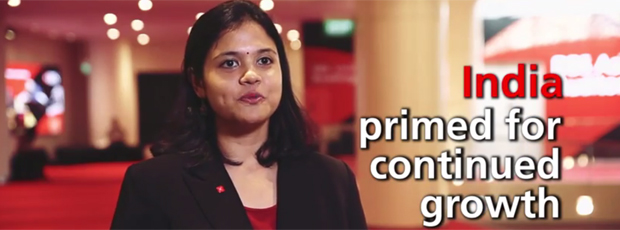06/23/2015
India / Inflation

Favourable weather conditions and limited fiscal support to the rural sector should help keep India’s inflation in check.
Two of India’s near-term inflation risks have receded for now. Firstly, progress on the monsoon front has been encouraging thus far. The Indian Meteorological Department calmed concerns saying that rains had been 16% above normal since June 1 and that over three-fourths of the country had received normal/excess rainfall. Distribution is also likely to be favourable, with rains expected to progress toward central and northern parts of the country this week. This will help settle nerves over the onset of drought conditions, but to completely put worries to rest, rains will need to remain strong through the sowing period.
Secondly, the government approved a modest increase in the minimum support prices (MSP) for major crops. Among the key crops, MSPs for paddy were raised by 3.7% in the 2015/16 fiscal year, the same pace as last year and down from 12% in the 2012/13 fiscal year. Support prices for pulses are up 6% versus 1.5% in the 2014/15 fiscal year, with other kharif crops up a tepid 1% on average.
In the past, high MSPs have underpinned rural incomes, while feeding into food inflation and inflationary expectations. This time around, the government has resisted stepping up fiscal support to the rural sector through a sharp increase in minimum support prices. This will help contain a potential medium-term boost to price pressures and provide some breathing room for the central bank.
An encouraging start to the rainy season and limited support price increases are positive for the inflation outlook. But a temporary bounce in food price inflation is likely in the immediate-term. Prices of fruits/vegetables and pulses have rebounded strongly in June in anticipation of weak rains and as the lagged impact of a partly damaged winter crop feeds through. The scale of contraction in wholesale price index (WPI) inflation also eased in May as perishable food prices rebounded alongside a rise in the market-determined fuel prices. Even as headline WPI prints are expected to remain in the red until October on base effects, price pressures continue to build on a sequential basis.
The balance of risks suggests that the inflation trajectory will remain close to our expectations. We maintain our full-year inflation estimate at 5.6% for the 2015/16 fiscal year, with base effects likely to keep price readings below 5% until August, before heading toward 6% by the end of the fiscal year. The Reserve Bank of India is thereby likely to keep rates on hold until end-2015, maintaining a tight policy bias to keep inflation close to its medium-term target of 4.0%.




